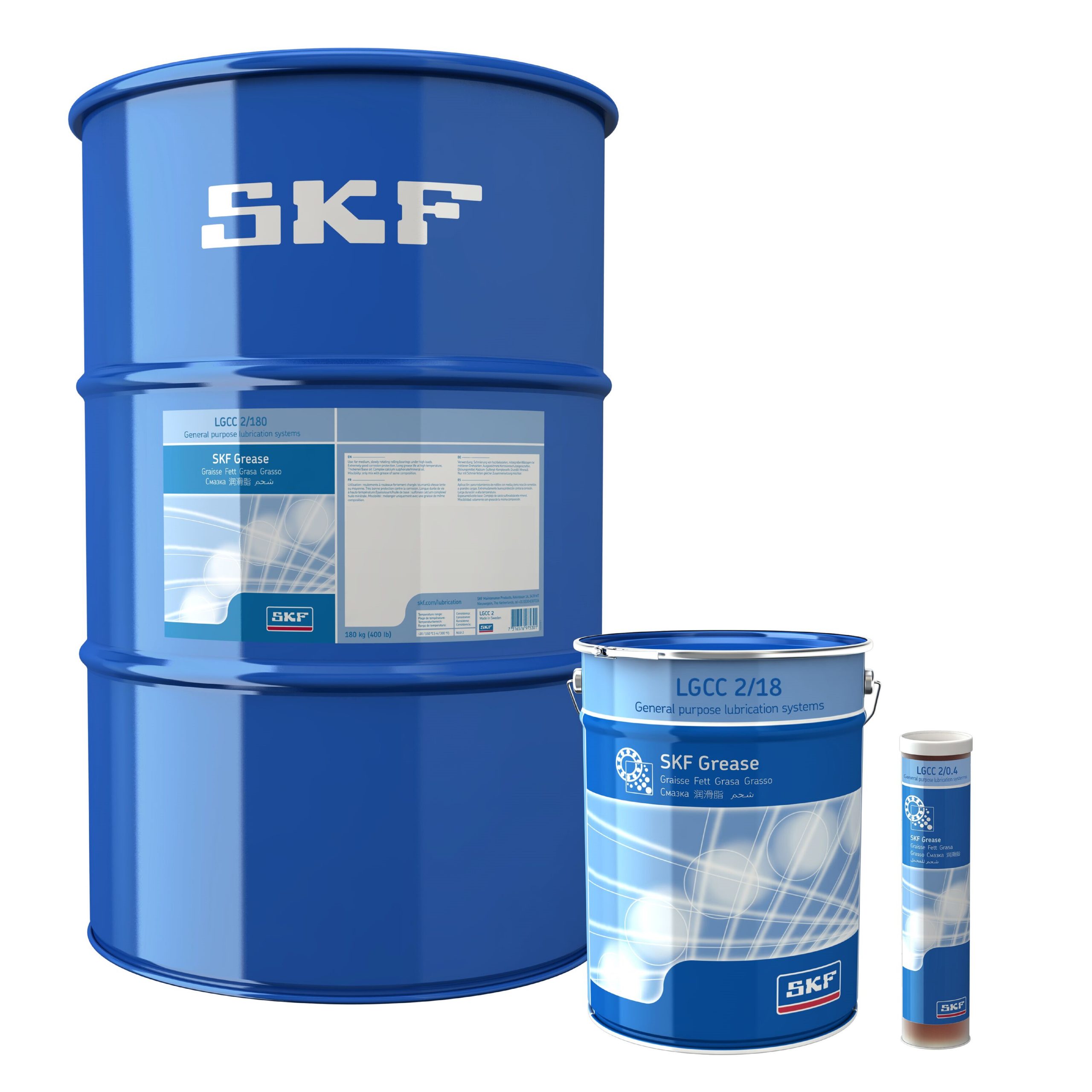
Safety gloves are often viewed as a disposable commodity on industrial worksites, but manufacturers like Cestusline, based in Portland, Oregon, have spent the past three decades honing and perfecting the intelligent design details that keep workers’ hands safe. In the past, little beyond engineering and line of fire training was introduced to keep workers’ hands whole. Today’s safety leaders recognize the detrimental challenges of fatigue, sickness, and distraction to today’s workforce. PPE remains the last line of defense in mitigating injuries on jobsites, and the evolution of gloves has gone unnoticed in many sectors. Trends in hand protection over the past five years include an explosion of engineered fibers that make today’s gloves virtually impenetrable to cuts, but high cut resistance isn’t the only development in hand safety that may have flown under the radar.
The Case for Impact Gloves
Beyond cut protection, today’s safety professionals in the heaviest industries have refocused their attention on the highest incidence hand injury risk: impact injuries. These pinch point, caught-between, and struck-by incidents make up the majority of recordable injuries on industrial jobsites and cost companies thousands.
Impact Glove Evolution
Traditionally, oil and gas companies led the world in developing compulsory policies that match PPE that is fit for purpose to known hazards. Although the oil titans spearheaded the development of impact gloves, these gloves are functioning in many other industries as a reliable way to reduce the severity of hand injuries onsite. Companies that integrate impact protection into their hand safety programs often enjoy over a 60% reduction in hand injuries. Impact gloves have continued to evolve over the past decade, with innovations in performance and ergonomics. What began simply as bulky padding added to the knuckles now includes flexible impact systems that protect hands from wrist to tips.
Impact Glove Expectations
Despite best intentions, employees can have unrealistic expectations on the role of impact gloves onto a jobsite. Frank discussions on the gloves protective features and benefits should be balanced with clear instructions on impact glove care, lifespan, and performance expectations. For example, employees new to impact gloves may be tempted to test the impact glove’s protective limits by engaging in risky behaviors. Clear expectations on how impact gloves reduce the severity of injuries should be shared with all team members to head off confusion.
What to Look For in Impact Gloves
In the Americas, impact gloves are becoming a norm on jobsites, but a vast sea of options can make it confusing to choose the correct level of protection for the task at hand. When integrating impact protection onto a site, safety managers should avoid choosing a glove manufacturer on price, color, or catalog alone. Unlike cut resistant gloves, there is a large disparity over fit and comfort that can only be tested by donning the gloves. Likewise, lifespans can vary greatly from manufacturer to manufacturer. Often, you get what you pay for.
Lab Proof
If the gloves have been tested to EN standards, there is a standardized impact test that is performed by independent, third-party laboratories. EN 13594 measures the glove’s ability to disperse energy from an impact. While it doesn’t accurately replicate every situation, it can separate fashionable from functional gloves.
High Incidence Area Coverage
Often mistaken as an aesthetic feature, impact protection panels need to be functional. High frequency areas of injury should be completely covered to effectively mitigate injuries. Fingertips are often the site of most hand injuries since they are often the closest to the hazard.
Cuts in All the Right Places
Look at the segmentation style of the impact protection while the hand is flexed as well as when it is at rest. Some segmentation styles have major protection gaps when the hands are flexed or grasping. Overall stiffness when flexing can create hand fatigue that can lead to loss of grip control. Materials that look the same can vary greatly in their flexibility. Functional impact gloves should mirror your fingers’ natural bends.
Real Life Cost Savings
While safety doesn’t make us money, it saves us the money we make. Integrating impact gloves onto a site can give your accounting department sticker shock if they are short-sighted. How do you afford safety? Take time to collect data on your current PPE costs. Often high performance PPE saves companies money over the long run, due to reduced shipping fees for fewer products; less administrative time to distribute; and a reduction wasted wages for employees replacing PPE. Don’t forget to Add the potential savings for direct and indirect costs associated with injuries that will no longer happen to get a cumulative projection on cost performance. Improving safety can make an impact.
AUTHOR: Jennifer Choi is Vice-President of Operations at Cestusline Inc., an Oregon glove manufacturer committed to raising the threshold in industrial hand protection. Cestusline specializes in light to heavy impact gloves to accommodate any budget or task.








I have to show thanks to you for bailing me out of such a challenge. Right after searching throughout the the web and coming across proposals which are not pleasant, I thought my life was gone. Living devoid of the solutions to the difficulties you’ve fixed all through the report is a serious case, as well as the kind that would have badly damaged my career if I hadn’t encountered your website. Your own personal skills and kindness in touching every aspect was tremendous. I’m not sure what I would have done if I had not encountered such a stuff like this. It’s possible to now look ahead to my future. Thanks so much for your expert and result oriented help. I will not think twice to propose your web page to any person who should have tips on this subject matter.
I precisely wished to thank you very much yet again. I do not know the things that I could possibly have achieved without the type of advice discussed by you relating to such field. It seemed to be an absolute traumatic setting for me personally, nevertheless discovering a skilled strategy you treated it forced me to leap for gladness. I’m just grateful for the help and in addition believe you know what a great job you were undertaking educating most people all through a site. More than likely you have never come across any of us.
Thanks for every one of your work on this website. Ellie take interest in working on investigation and it’s really easy to understand why. A number of us know all relating to the dynamic medium you provide very useful things through your web blog and as well as welcome participation from other ones about this area of interest plus our favorite princess is becoming educated a lot. Take advantage of the rest of the year. You are doing a remarkable job.
I precisely wished to appreciate you yet again. I’m not certain what I would have followed without these secrets provided by you regarding such subject. Previously it was a real frustrating crisis for me personally, but taking note of a new specialised way you resolved that made me to cry for gladness. I will be thankful for your information and as well , hope you comprehend what a great job that you are putting in teaching others thru your web blog. I am sure you have never come across any of us.